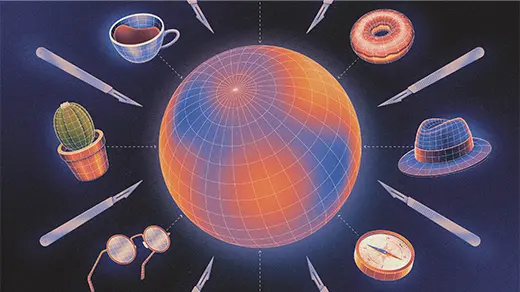What's up in
Mathematics
Latest Articles
Is Mathematics Mostly Chaos or Mostly Order?
Two new notions of infinity challenge a long-standing plan to define the mathematical universe.
Epic Effort to Ground Physics in Math Opens Up the Secrets of Time
By mathematically proving how individual molecules create the complex motion of fluids, three mathematicians have illuminated why time can’t flow in reverse.
The Core of Fermat’s Last Theorem Just Got Superpowered
By extending the scope of the key insight behind Fermat’s Last Theorem, four mathematicians have made great strides toward building a “grand unified theory” of math.
Graduate Student Solves Classic Problem About the Limits of Addition
A new proof illuminates the hidden patterns that emerge when addition becomes impossible.
New ‘Superdiffusion’ Proof Probes the Mysterious Math of Turbulence
Turbulence is a notoriously difficult phenomenon to study. Mathematicians are now starting to untangle it at its smallest scales.
Dimension 126 Contains Strangely Twisted Shapes, Mathematicians Prove
A new proof represents the culmination of a 65-year-old story about anomalous shapes in special dimensions.
Mathematical Beauty, Truth and Proof in the Age of AI
Mathematicians have started to prepare for a profound shift in what it means to do math.
Introducing The Quanta Podcast
Exploring the distant universe, the insides of cells, the abstractions of math, the complexity of information itself and much more, The Quanta Podcast will be a tour of the frontier between the known and the unknown.
New Proof Settles Decades-Old Bet About Connected Networks
According to mathematical legend, Peter Sarnak and Noga Alon made a bet about optimal graphs in the late 1980s. They’ve now both been proved wrong.








